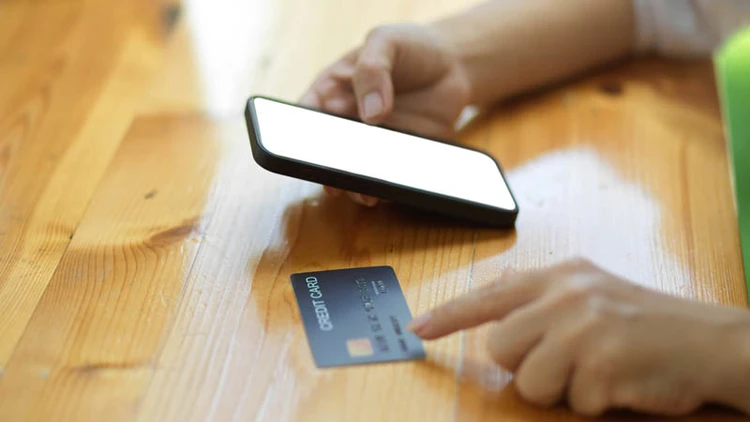Balances rose by $27 billion to reach $1.14 trillion

Total household debt increased by $109 billion in the second quarter to reach $17.8 trillion. But the headline number in the report from the Federal Reserve Bank of New York was credit card debt.
Consumers increased their balances on this extremely high-interest debt by $27 billion to reach $1.14 trillion. Thats nearly 25% of all new household debt in the April through June quarter, and when you consider the interest rate on that new debt is around 20% of higher, you see the problem.
Additional credit card debt over the last 12 months is even worse its up by $111 billion. It reflects the volume of consumers who are adding to their credit card balances each month.
Not surprisingly, more consumers are having difficulty making on-time payments. The Fed report shows 5.08% of borrowers were 90 days or more delinquent in the second quarter of 2023, while that percentage grew to 7.18% in the second quarter of this year.
The report is based on data from the New York Feds nationally representative Consumer Credit Panel. It includes a one-page summary of key takeaways and their supporting data points.
Okay, lets pay down some debt
For consumers struggling to make credit card payment, the first step in reducing debt is to stop adding to the credit card balance. That may sound simpler than it is, but putting away the plastic and using cash or debit card for all purchases will stop the bleeding.
Next, look at your credit card balances. They may have varying rates of interest but one method gaining popularity with personal finance advisers is the snowball method. Instead of starting with the card with the highest interest rate, make minimum payments on all the cards except the one with the smallest balance.
Make the largest payment possible on that card, with the goal of paying the balance down to zero as quickly as possible. Once that card is paid off, do the same with the next card with the lowest balance. And once the cards are paid off, dont add to their balance.
A balance transfer card that offers at least 12 months of 0% interest can be another useful tool. Most of these cards charge a fee of 3% to 5% of the transferred balance but some dont. The ConsumerAffairs research team has also analyzed businesses that can help you deal with debt.
Finally, you may be eligible for other kinds of loans with lower interest rates. The rate on personal loans can often be 50% less than the rate charged by credit card lenders.
Photo Credit: Consumer Affairs News Department Images
Posted: 2024-08-07 11:06:38




















